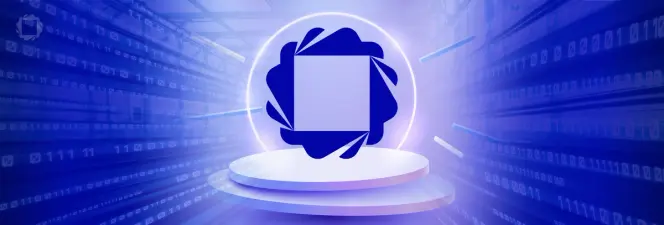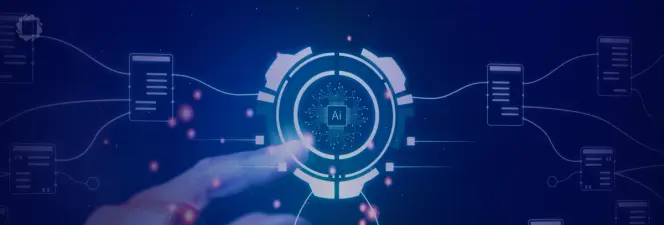Navigating the Future: Unveiling the Path of PDF Technology in the Next 25 Years
By Apryse | 2023 Sep 26
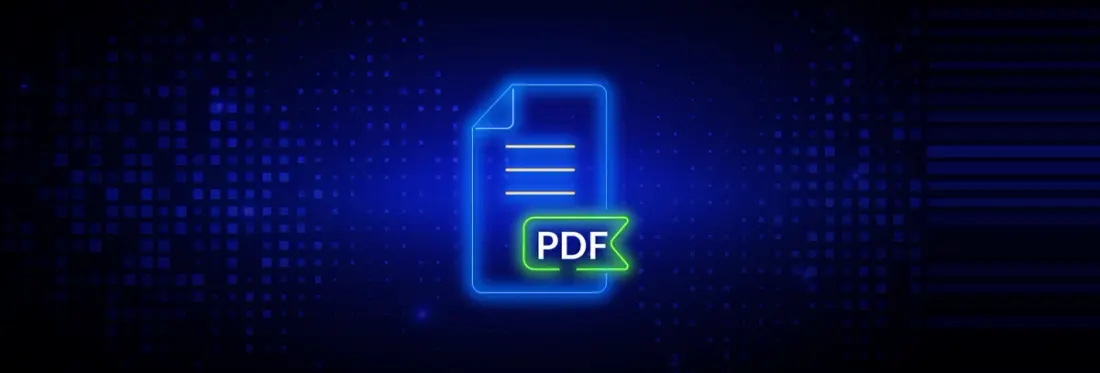
5 min
Tags
apryse sdk
company
In the fast-evolving landscape of technology, few formats have stood the test of time like the PDF (Portable Document Format). Born out of the need to digitize paper documents, the PDF has become a standard for sharing and archiving information over the last 30 years. Since 1998, Apryse has been seen as a pioneer in document systems.
One significant advancement poised to shape the future of PDF technology is the Apryse WebViewer, an innovative platform that revolutionizes how users interact with PDFs. With features like real-time collaboration, interactive annotations, and seamless cloud integration, Apryse WebViewer is set to redefine the PDF experience.
So, what's to come? We’re just as curious as you, so join us on a journey through our top five predictions of what the future holds for PDF technology.
What Are Some Possible New Features Coming to PDFs?
Fluid Content: The Liberation from Traditional Constraints

From its inception, the PDF was molded in the shape of physical pages. However, as our world increasingly shifts towards digital consumption, the need for rigid page formats is diminishing. This theory envisions a future where PDFs break free from the confines of traditional paper sizes. As digital devices become the primary medium for consuming information, PDFs could adapt to various screen sizes and orientations dynamically.
Imagine AI-infused PDFs that assemble themselves upon opening. Gone are the static pages; instead, these documents could consist of blocks of text, images, and media components that are reconfigured on-the-fly to optimize the reading experience. Font sizes, layouts, and styling could be personalized by AI to suit the reader's preferences, ensuring optimal engagement. Moreover, AI could offer contextually relevant suggestions, guiding readers to related sections within the document. While numbering information locations might remain, transitioning from page numbers to section identifiers would enhance navigability.
This vision aligns with existing Liquid Mode’s available in PDF readers, albeit on a much grander scale. Rather than limiting the experience to mobile devices, the PDF of the future could be a data repository masterfully presented by AI across a range of devices, from traditional monitors to augmented reality glasses.
Data Exchange Revolution: From Documents to Dynamic Data
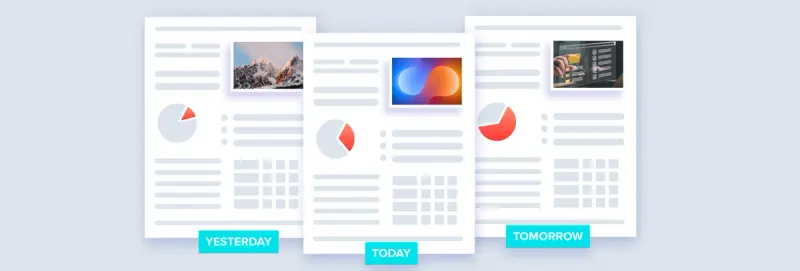
As technology continues its relentless march, the way we exchange information is undergoing a paradigm shift. The PDF Association is exploring this very topic, with working groups dedicated to PDF Reuse and Deriving HTML from PDF. What this shift means is that we are transitioning from Portable Document Format to Portable Data Format. This evolution suggests that future PDFs may function less as static documents and more as dynamic data containers.
In theory, these would be PDFs that seamlessly interface with databases, constantly updating to reflect the latest information. Rather than distributing separate documents, organizations could share data-rich PDFs that automatically pull real-time data into their content. This transformation could redefine how we collaborate, communicate, and share information.
Size Matters: Revolutionary Compression Algorithms

While the PDF format has been a staple in our digital toolbox, its file size can sometimes be cumbersome. One of the most pressing challenges that the PDF industry has yet to fully embrace is compression advancements. As we enter the next quarter-century, the demand for smaller file sizes becomes paramount.
Modern advancements in image compression, such as WebP, AVIF, and JPEG-XL, have demonstrated their ability to significantly reduce file sizes while maintaining quality. For scanned documents, this could unlock unprecedented gains in storage efficiency. The transition from DEFLATE to more versatile algorithms like Zstandard presents a tantalizing opportunity to further shrink PDF sizes, particularly for content streams.
Empowering Version Control: Navigating Document Evolution
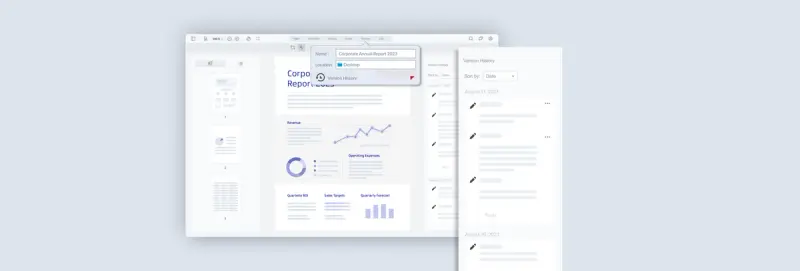
Some developers raise an intriguing prospect for the PDF of the future: enhanced version control. In a world where collaborative editing and continuous updates are the norm, having the ability to compare and revert to previous versions of a PDF could be a game-changer.
This vision entails an optional entry in the catalog dictionary that tracks and indicates the version of a document. This feature would enable users to seamlessly compare changes, aiding in collaborative projects, legal documentation, and content creation.
PDF Security and Immutable Document Integrity

In the evolving landscape of PDF security, the future promises a heightened focus on trust and integrity. As we further down the path of digital transformation and the document format continues to serve as a pivotal interchange for data collection and validation, the assurance of information accuracy and security is ever important. As we progress, advanced measures like blockchain technology and sophisticated security algorithms will be seamlessly integrated, operating at a deeper level to establish unwavering security.
This integration ensures a comprehensive audit trail, offering certainty about the identity of readers, signatories, and preservers of documents. Quantum computing also has the potential to add another layer of encryption, fortifying the immutability of records. In this future, PDFs become not just repositories of data, but pillars of verifiable trust, reshaping the way information is shared, validated, and preserved.
But What Will Document Interaction Look Like in 2050?
Looking beyond the feature capabilities of PDFs, it's fascinating to contemplate how the human race will actually engage with digital documents in the year 2050. When tasked with predictions, these are the four potential possibilities we see occurring over the next 25 years.
Holistic Immersion Through Extended Reality (XR)
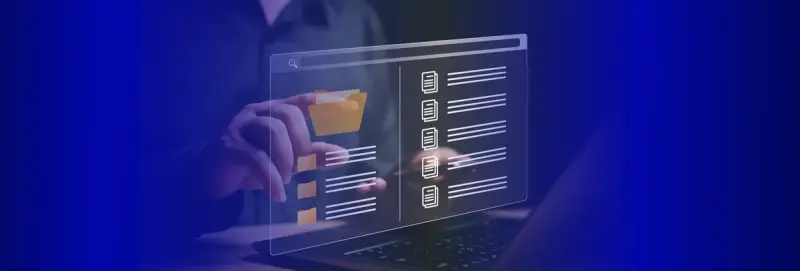
By 2050, the static confines of traditional document viewing will have given way to a new level of immersion. Extended Reality (XR) will transform how we perceive and interact with digital documents. Augmented Reality (AR) and Virtual Reality (VR) will blend seamlessly, enabling users to surround themselves with documents in a 3D space. Imagine manipulating charts and graphs with gestures, physically traversing through voluminous reports, or attending "document meetings" in virtual spaces.
Dynamic Real-Time Collaboration

Collaborative work on documents will become a dynamic, real-time experience. AI-driven algorithms will anticipate our collaborative needs, suggesting revisions, summarizing content, and seamlessly integrating inputs from multiple sources. Picture a global team working together on a virtual document canvas, each contributor leaving a real-time mark, transcending geographical boundaries effortlessly.
Personalized Cognitive Document Assistants
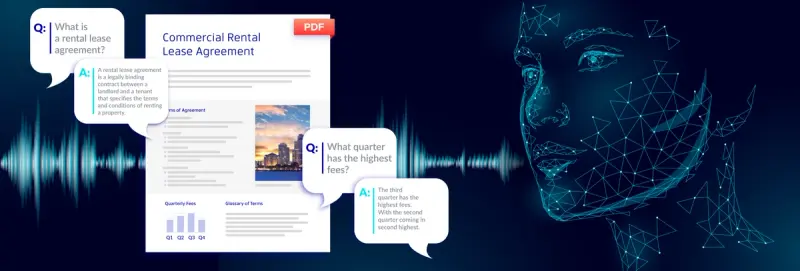
AI will evolve from being a mere tool to a truly cognitive assistant. These assistants will understand our preferences, work patterns, and even our emotions. They'll be capable of summarizing complex documents in real-time, answering questions conversationally, and adapting content to cater to individual learning styles. The result: a more intuitive and personalized document interaction.
Neuro-Connectivity and Mind-Interaction

Pushing the boundaries of human-computer interaction, brain-computer interfaces will enable us to interact with digital documents through neural signals. This direct link between the mind and documents will offer a new dimension of control, allowing thoughts to navigate, highlight, and annotate documents effortlessly.
So... What’s Next?
As we anticipate the next 25 years of PDF technology, Apryse stands at the forefront of innovation. Through fluid content, dynamic data exchange, revolutionary compression, and enhanced version control, the PDF format is poised for a transformative evolution. Just as the PDF has been a steadfast companion in our digital journey, the PDF of the future promises to adapt, empower, and captivate us in ways we are only beginning to imagine.
Stay ahead in the realm of cutting-edge technology. Click here to follow our exclusive insights, industry updates, and be the first to know about our innovative solutions. Don't miss out on shaping the future together!
Tags
apryse sdk
company

Apryse
Share this post
